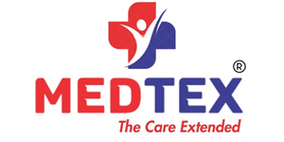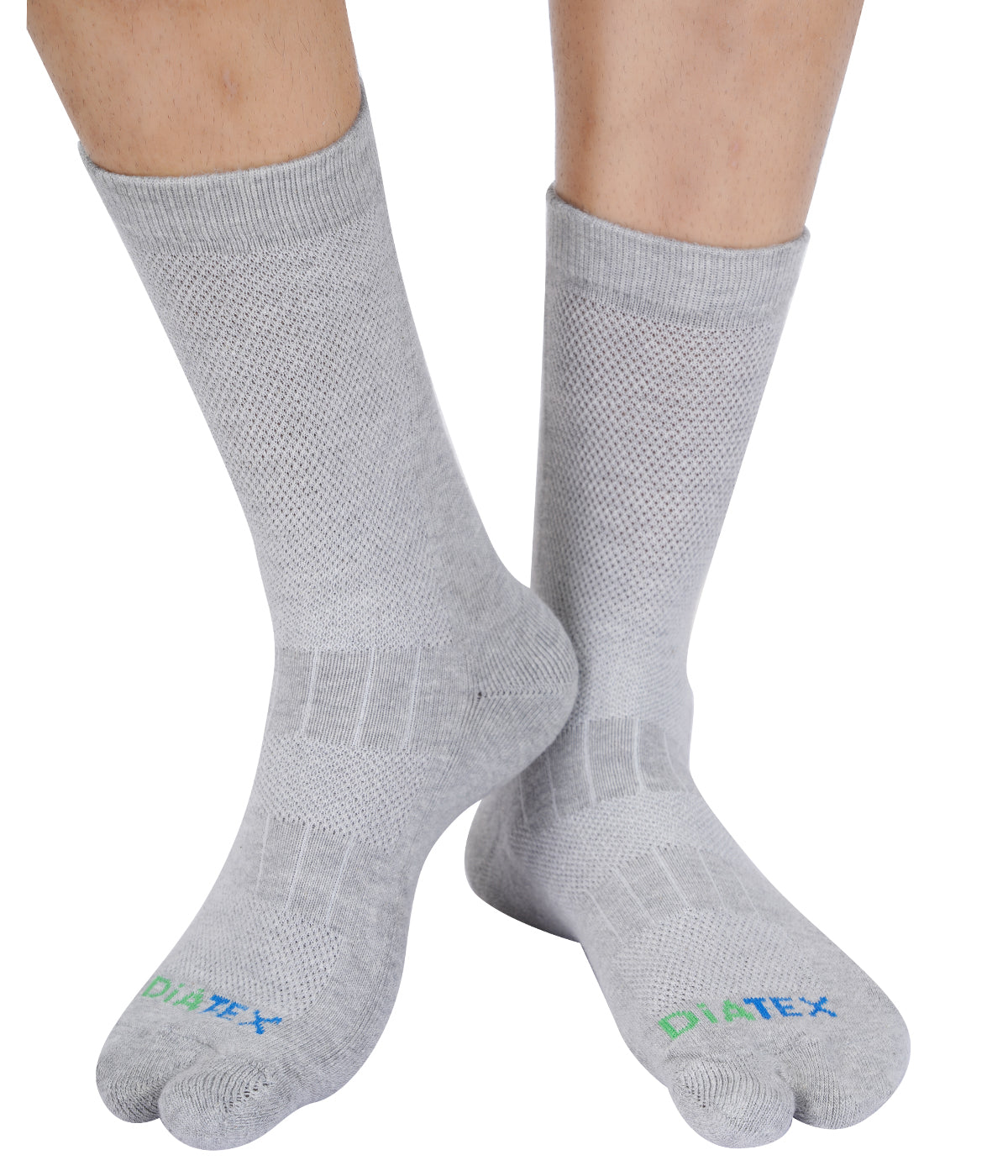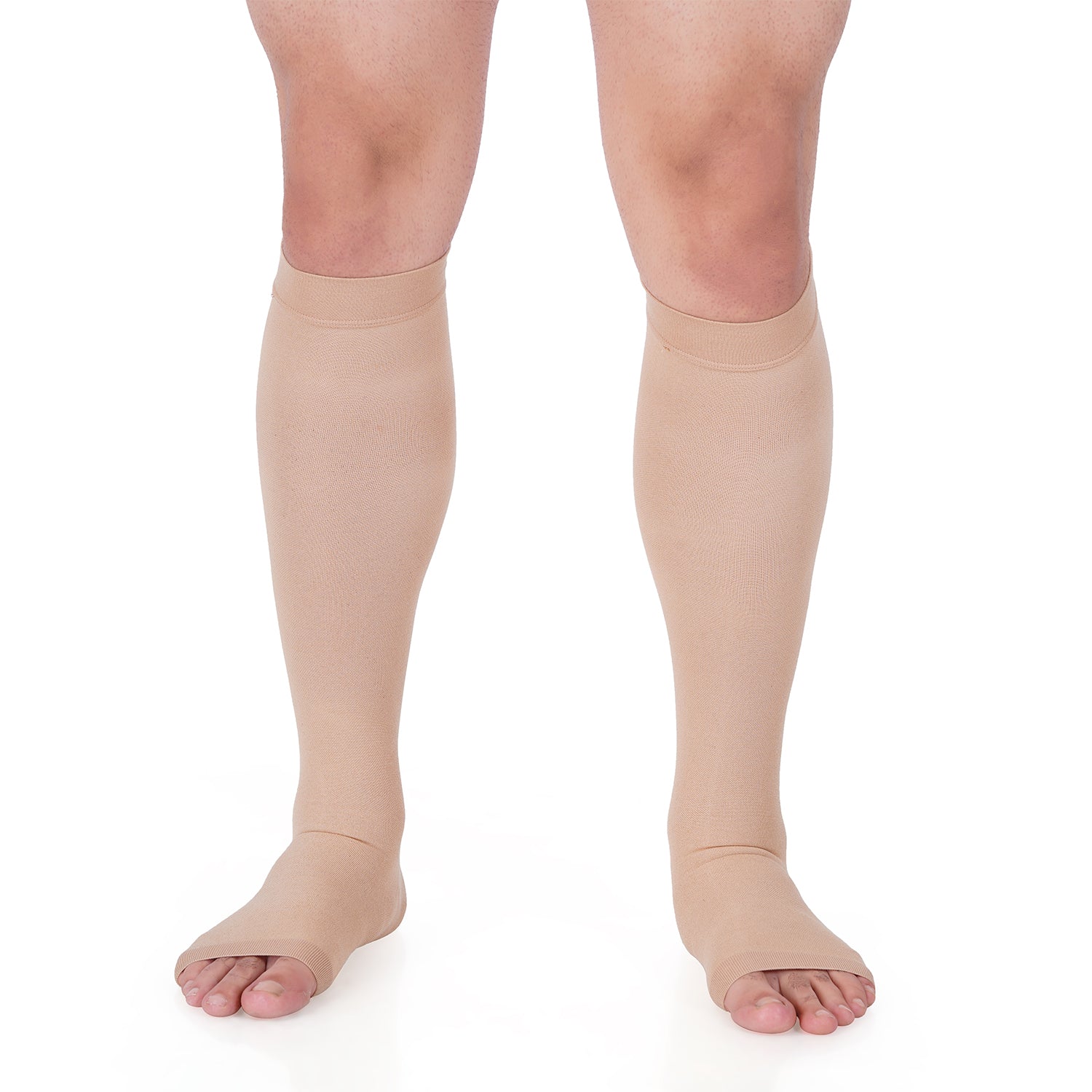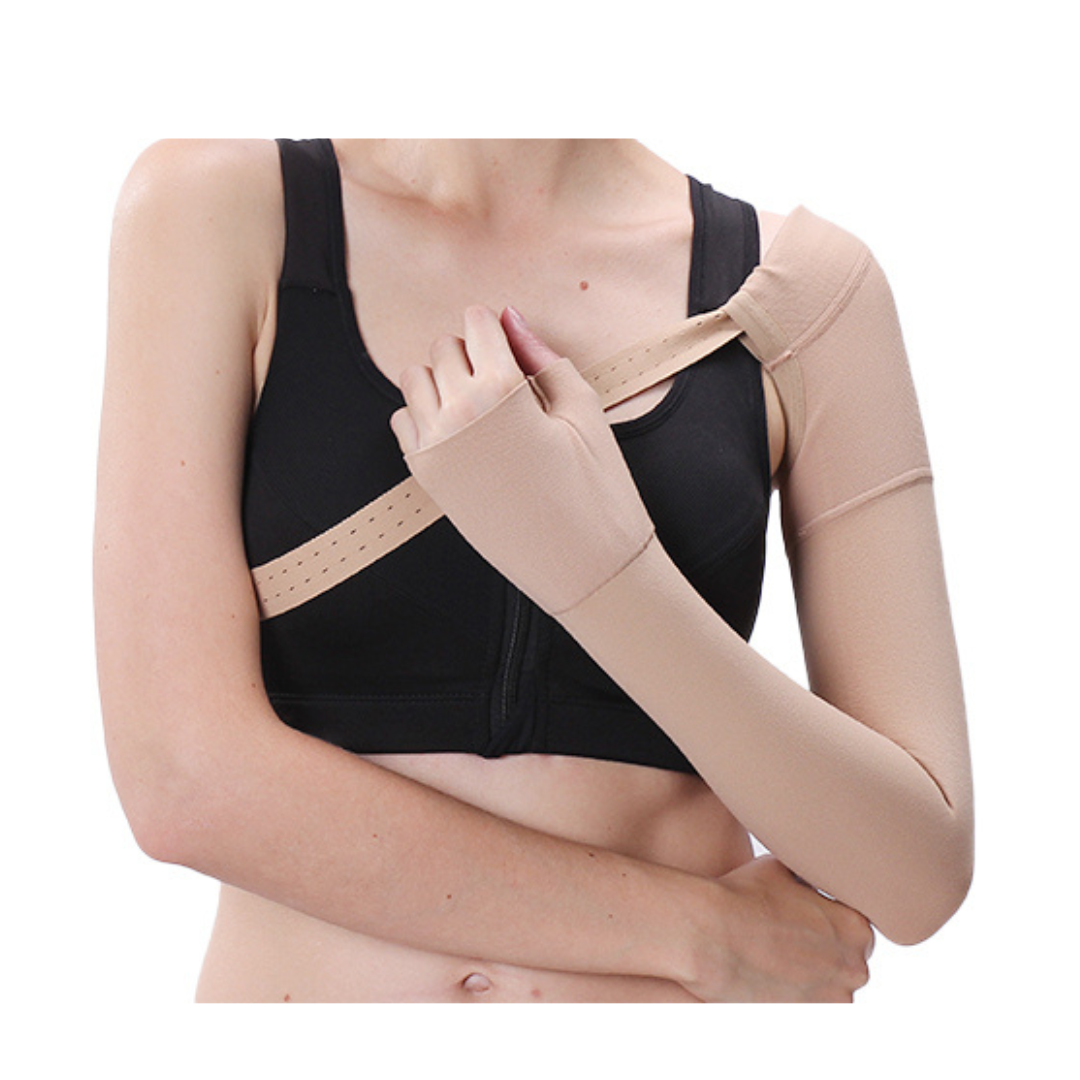Introduction
Varicose veins are a common condition characterized by enlarged, twisted veins that are visible beneath the skin's surface, typically in the legs. While both men and women can develop varicose veins, it is often observed that women are more prone to this condition. In this insightful guide, we will delve into the factors that contribute to women's increased susceptibility to varicose veins. Understanding these factors can empower women to take proactive measures in managing and preventing varicose veins.
Hormonal Influences
Hormonal factors play a significant role in the development of varicose veins in women. Fluctuations in hormone levels, particularly during pregnancy and menopause, can weaken the vein walls and valves. The hormone progesterone, which increases during pregnancy, can dilate blood vessels, making them more susceptible to valve dysfunction and increased pressure. Estrogen, another hormone, can also contribute to vein wall relaxation. These hormonal influences make women more susceptible to developing varicose veins during certain life stages.
Pregnancy and Increased Pressure
Pregnancy is a common time when women experience the onset or worsening of varicose veins. The growing uterus exerts pressure on the veins in the pelvis and legs, hindering proper blood flow. Additionally, hormonal changes during pregnancy further contribute to vein dilation and reduced vein tone. The combination of increased pressure and hormonal influences makes pregnant women more vulnerable to varicose veins.
Genetic Predisposition
Genetics also play a significant role in determining an individual's predisposition to varicose veins. If your parents or close relatives have a history of varicose veins, you are more likely to develop them as well. This genetic predisposition can affect the structure and function of the veins, making them more prone to valve dysfunction and vein wall weakness. Women with a family history of varicose veins should be especially vigilant in managing their vein health.
Lifestyle Factors
Certain lifestyle factors can contribute to the development of varicose veins in women. Prolonged periods of standing or sitting, especially in occupations that require extended hours on one's feet, can increase the risk. Lack of physical activity, obesity, and a sedentary lifestyle can also impair proper blood flow and contribute to the development of varicose veins. Maintaining a healthy weight, engaging in regular exercise, and avoiding long periods of immobility can help reduce the risk.
Hormone Replacement Therapy and Birth Control
Hormone replacement therapy (HRT) and certain types of hormonal birth control methods can influence vein health in women. Some hormone-based medications may increase the risk of developing varicose veins due to their impact on vein structure and function. If you are considering HRT or starting a new birth control method, it is advisable to discuss the potential risks and benefits with your healthcare provider.
Prevention and Management
While certain factors that contribute to women's susceptibility to varicose veins may be beyond their control, there are steps they can take to prevent and manage this condition. Regular exercise, maintaining a healthy weight, avoiding prolonged periods of standing or sitting, and wearing compression stockings can all promote healthy blood flow and reduce the risk of varicose veins. It is also important for women to prioritize self-care and elevate their legs whenever possible to relieve pressure on the veins.
Conclusion
While women are more prone to varicose veins due to hormonal influences, pregnancy, genetic predisposition, and certain lifestyle factors, understanding these factors empowers women to make informed choices and take preventive measures. By adopting a healthy lifestyle, managing hormonal changes, and seeking appropriate medical interventions, women can effectively manage varicose veins and promote their overall leg health. Remember to consult with a healthcare professional for personalized advice and guidance tailored to your specific situation.












